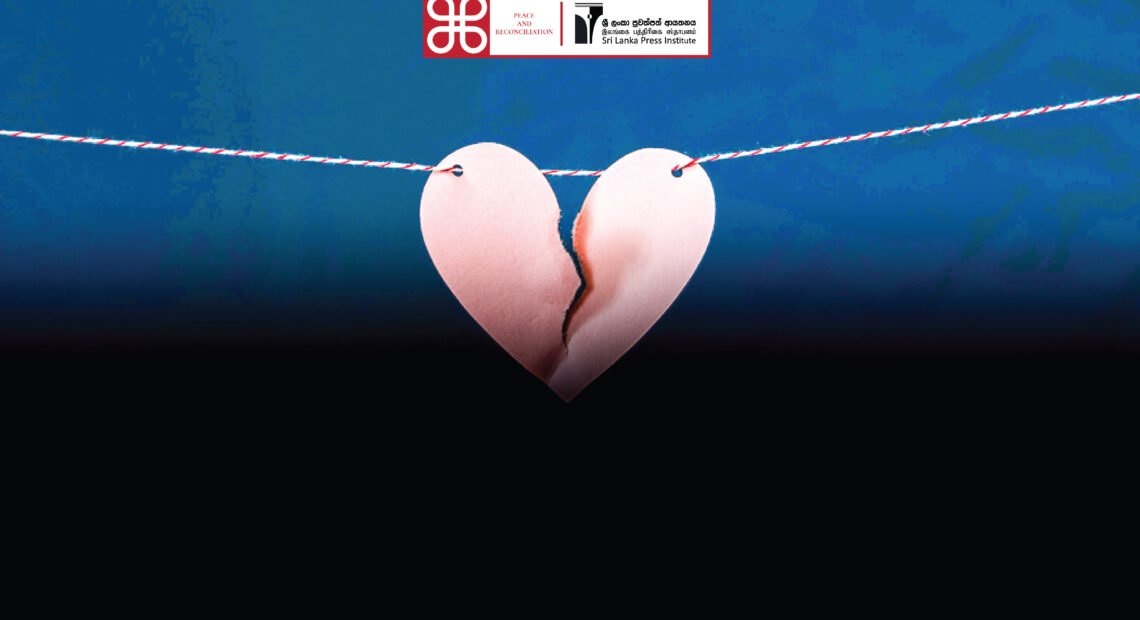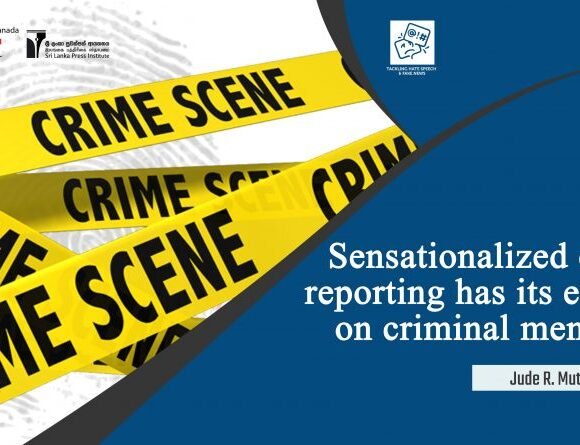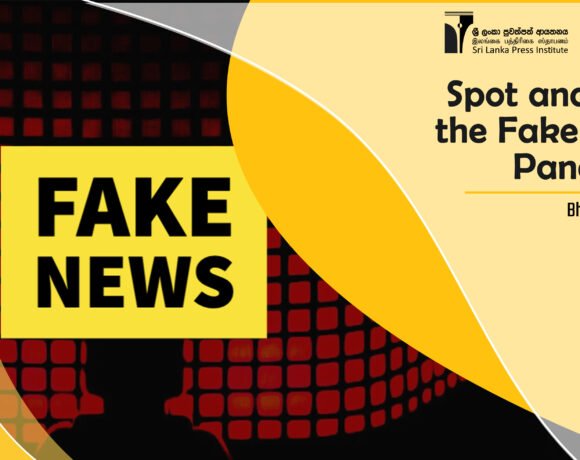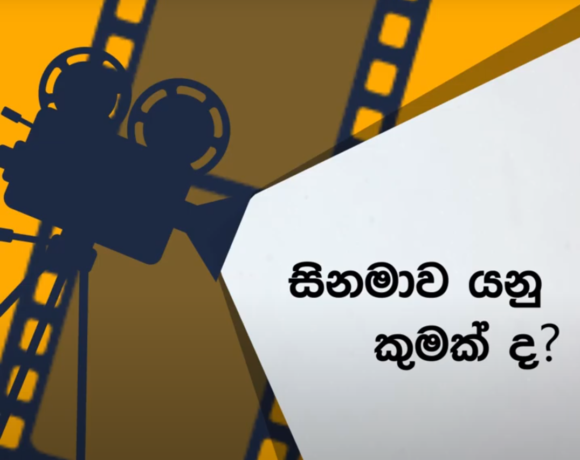M.B.M.Fairooz
In order to rebuild Sri Lanka as a nation with pluralistic aspects, is it our duty to tell the people the kind of actions that will build up good relationships. I believe that we can patch up hearts broken by violence through such stories close to heart. As a journalist and a newspaper editor, I have chosen to walk this path.
I had the opportunity to participate as a resource person at a seminar organized by a Non Governmental Organisation under the title “Building up a Pluralistic Society”. Usually I participate as a resource person in seminars related to the media. However, as a person who has read widely about the political and social affairs in the country and one who has very close relations with them daily, I willingly accepted this invitation.
My previous experience, participating as a resource person at seminars has been in Batticaloa, Vavuniya and Jaffna. In my proposals, I put forward the question, “Can Sri Lanka be considered as good example for the building up of a pluralistic society?”The answers I received from the participants of Batticaloa and Jaffna were contradictory to each other.
Those who participated in the Batticaloa seminar said: Certainly, Sri Lanka could be a good example. The environment in Sri Lanka has the possibility to build up a pluralistic society. The fact that the majority of the participants there were Muslims was a notable aspect.
The firm and precise answer from the participants in Jaffna was: “By no means can Sri Lanka be cited as an example for building up a pluralistic society. Canada, Switzerland and certain regions of America may be taken as examples.” They pointed out that Sri Lanka is not qualified for this. It should be noted that the entire body of participants were from the Tamil community at the Jaffna seminars.
Being a Sri Lankan Muslim citizen myself and a native of Kaththankudy town where the population is 100% Muslim, I was of the view that Sri Lanka is a good example for building a pluralistic society back then. But after the Jaffna seminar I was forced to reconsider my stance. After the seminar that day, on my way back to Kaththankudy, my mind was fully occupied with this.
I could feel how far Jaffna Tamils were affected by the conflict and even after twelve years since the war was brought to an end, the trauma is still deep in their minds. I could also feel that they had good reason to say that Sri Lanka cannot be taken as an example for building a pluralistic society.
A year after the seminar in Jaffna, the entire Muslim community is Sri Lanka (including myself) had a bitter experience when we saw the reality of the stance of the Jaffna participants. It was the violence that erupted against the Muslims at Kandy and Ampara in February and March 2018.
Days after the Kandy-Digana violence, as a journalist, I went there to report on the situation and bring to light the pathetic conditions of the affected people. There I was, shocked to see devastation caused by racial elements in broad daylight.
At that moment my point of view was the same as those of the Jaffna participants. Sri Lanka can never be taken as an example for building up a pluralistic society. As long as the majority Buddhists who do not recognize pluralism and oppress minority communities live in this country and as long as the other Buddhists, approve of the racist actions of many in their community in silence Sri Lanka cannot become a pluralist country. This impression is deep-rooted in my mind now and can never be shattered.
In that case are we going to change this country to be continuously as a land that could never be cited as an example? Are the majority of Sinhalese continuously going to approve the actions of some among them who disseminate hatred? At a discussion in Colombo, a week after the Kandy violence, the view expressed by the then President of the Elections Commission, Mahinda Deshapriya is worth considering at this point. He said,“The idea that the majority of the Sinhalese are against the violence in Kandy is wrong. In the same manner as they were happy to see the attack against the Tamils in 1983, they are happy about these attacks”. Though it is surprising to hear this view, it is an unfortunate reality.
So, is Sri Lanka destined for the continuity of many Sinhalese people hating minorities and the minority communities looking at the majority with mistrust? Are we all going to permit this? Unless we find the answer and move towards a solution, we will never be able to build up Sri Lanka as an example of a beautiful land where pluralistic societies live.
Worried and shocked by the Kandy violence, I thought about my duties as an Editor at that moment. Am I to build up misunderstanding about the majority by continuously reporting about this violence? Or else, do I build up mutual trust and understanding by publishing stories about Buddhist Monks and the public who protected the minorities living among the majority? I raised this question within myself and found the answer.
Whilst going through Sinhalese Newspapers published following the Kandy violence, I came across News that Buddhist Monks with kind hearts and humanitarian feelings too were living in Sri Lanka but not seen as openly. Among them, stories of Kahagala Thammanandha Thero, Chief Incumbent of Komagoda Vihare, Vathurakumbura Thammananda Thero and Meevathura Vajiranayake Nahimi are promoting confidence in my mind. I will give three brief examples here.
The story of Kahagala Thammanandha Thero, Chief Incumbent of Komagoda Vihare:
On 5th March, 1028 Muslim families were living in Komagoda, a village in Teldeniya rushed to the Vihare in the evening pleading with the Thero to protect them and give them shelter. Among them was a mother with an infant of just two months. When the Thero saw the mother and infant, he was overcome with emotion and arranged accommodation for them in a hall in the vihare and provided them with mats, pillows and other necessities.
He summoned the Buddhist brethren of the village to the vihare, wanting them not to participate in the riots. He pointed to the mother with the infant and told them they were there because they were confident that they would be protected. The villagers supplied them with meals and helped them.
Vathurakumbura Dhammanandha Thero’s Daring Act.
The violence that erupted at Diganna in Kandy spread all over the Kandy District and created a sense of fear and tension among the Muslims who were scattered in the midst of Sinhalese people in Dehigama, Muruthalawa, and Kurugama areas. They feared this may at any time spread to their houses and places of worship. Vathurakumbura Dhammanandha Thero, Founder of Nelligama Buddhist Centre, mobilized Buddhist Monks and some Sinhalese youth, ready to protect the Muslims living in their area.
Vathurakumbura Dhammanandha Thero said, they received news that a group from another region was planning to come and attack them. So, on Tuesday they kept vigil from 9 p.m. to the following morning. They foiled four attempts by racists mobs. On one occasion they urgently called the police. Two unsuccessful attacks were made with petrol bombs. They went and met the group, explained the consequences of their actions and were able to disperse them. They protected Mosques, about 14 or 15 of them, from the rioters who were hell bent on devastating Muslim properties. The Thero said that in his view the responsibility of the majority is to protect the minorities and he had an opportunity to put this in practice.
Meevathura Vajiranayake Nahimi’s Story is More Surprising!
Meevaladeniya, in the Udunuwara Electorate of Kandy District is a village where 135 Muslims live within densely populated Sinhalese areas. They have always lived in harmony with one another.
In this backdrop, the Chief Priest of Sri Sangaraja Pirivena Vihare of Kapuradeniya, Dikiri Boghagoda in Meevadeniya, Meevathura Vajiranayake Nahimi came to know about the fear of the Muslims and invited them to the vihare and said,“Do no be afraid of anything. We are responsible for your safety. Muslims have close connections with this vihare. On Fridays we do not permit Sinhalese to bathe at the well in the vihare, because the Muslims who go to Mosque on Fridays need water to bathe. When we, the monks at the vihare go to the hospital, we entrust the security of the vihare to Saheeth Nana. Hence, we have very close connections. We will provide protection for you to conduct the Jumma prayers at the Mosque.” On Friday, under the protection arranged by Thero, the Muslims fulfilled their Jumma prayers without fear, he said.
What do we realize from the actions of the above three Buddhist Monks? In order to rebuild Sri Lanka as a nation with pluralistic aspects, is it not our duty to tell the people about the kind of actions that will build up good relationships? I believe that we can patch up hearts broken by violence through such heartening stories. As a journalist and a newspaper editor, I have chosen to walk this path.









